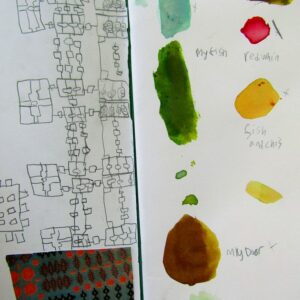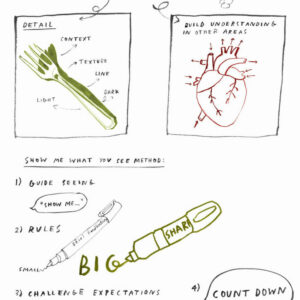A collection of sources and imagery to explore the work of Paul Nash.
Please note that this page contains links to external websites and has videos from external websites embedded. At the time of creating, AccessArt checked all links to ensure content is appropriate for teachers to access. However external websites and videos are updated and that is beyond our control.
Please let us know if you find a 404 link, or if you feel content is no longer appropriate.
We strongly recommend as part of good teaching practice that teachers watch all videos and visit all websites before sharing with a class. On occasion there may be elements of a video you would prefer not to show to your class and it is the teacher’s responsibility to ensure content is appropriate. Many thanks.
*If you are having issues viewing videos it may be due to your schools firewall or your cookie selection. Please check with your IT department.*
This resource is free to access and is not a part of AccessArt membership.



Paul Nash
‘Paul Nash (11 May 1889 – 11 July 1946) was a British surrealist painter and war artist, as well as a photographer, writer and designer of applied art. Nash was among the most important landscape artists of the first half of the twentieth century. He played a key role in the development of Modernism in English art.
The artworks he produced during World War I are among the most iconic images of the conflict. Later in life, during World War II, he produced two series of anthropomorphic depictions of aircraft, before producing a number of landscapes rich in symbolism with an intense mystical quality.’ – Wikipedia
Show the whole video or select parts to watch in class, to discover Paul Nash’s love for landscape, his work as a war artist and his fascination with WWII planes later in life.
Landscape Paintings
![]()
Avebury (1937) by Paul Nash. Original from The Museum of New Zealand. Digitally enhanced by rawpixel.
![]()
Landscape by Paul Nash. Original from The Yale University Art Gallery.
![]()
Oxfordshire Landscape (1944) painting in high resolution by Paul Nash. Original from The Birmingham Museum.
Questions to Ask Children
Describe what you can see.
How would you describe the marks in this painting?
How does light, shadow and colour impact the space and atmosphere?
Compare two paintings. What similarities and differences can you see?
How does this painting make you feel?
Which painting do you prefer? Why?
WWII Planes
![]()
Bomber Lair (1940) painting in high resolution by Paul Nash. Original from The Birmingham Museum.
![]()
Bomber Lair–Egg and Fin (1940) painting in high resolution by Paul Nash. Original from The Birmingham Museum.
![]()

